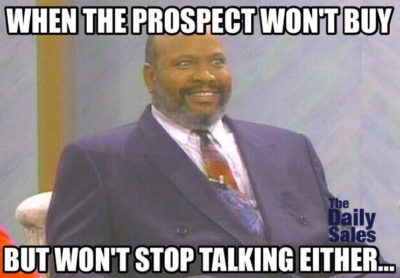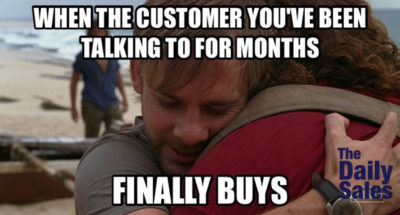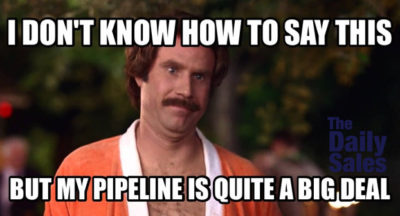
Whether by choice or out of necessity, the auto industry has made great strides in adding and improving digital offerings over the last several years. Dealerships are seeing substantial growth with digital retailing and are continuing to adjust their sales processes and operations to meet the demand for online interest.
But in an industry built on personal selling, these changes aren’t always easy. While we know that both digital and traditional approaches can work together, it can be difficult to get teams onboard. Salespeople might already have tech overload or feel unsure of what to make of all the data associated with new digital tools.
Instead of shoving a new tech tool into the lineup, appeal to the priorities of the salesperson. Much of the focus of personal selling is helping the customer to feel at ease and data can help your team do just that. Here are three ways we see data and personal selling working in tandem.
Combining Personal Selling with Data

- Anticipate Questions
We know that customers are coming with questions, so why not use data to prepare for them?
By using data on website behavior, you can see what a customer is interested in and anticipate questions in advance. Knowing how someone is interacting with your website can give you more than just insight into the vehicle of interest, and can provide clues on F&I products and potential upgrades.
The more a salesperson can understand the potential customer’s needs, the better the interaction. These clues can make customer questions a source of rapport, instead of pain.

2. Make Stronger Recommendations
Those important in-person conversations can help you better understand exactly what your customer needs. In today’s market, their initial vehicle of interset could be out of stock or come with a long wait, which can lead to a sales dead end. But when you have more resources to make better recommendations, you can still pull through with the sale.
Your potential customer may have initially wanted an SUV, but now wants to know more about sedan options. This could come as a surprise, but if your sales team member already saw that the customer viewed one in-stock sedan three times that morning, he’ll be tipped off on the switch.
Online behavior is an extra indication of what customers really want. We often see customers telling a salesperson that they’re interested in one vehicle but go home and browse another. By seeing the patterns in their browsing, beyond just the specific model they mention on the phone, your team can be ready with a switch vehicle.

3. Build Long-Term Sales
The relationship between data and personal selling doesn’t only go one way–you can also get valuable information from in-person conversations to build your CRM. Even simple data like contact information is worthwhile and improves your ability to get sales later.
This may seem obvious, but market conditions have pushed salespeople to dismiss potential customers looking for out-of-stock vehicles. Your team may feel like there’s always another lead around the corner. While this works for the short term, collecting data is extremely valuable for your team’s future sales.
Building a Stronger Approach
When your team can marry data insights and the best of personal selling techniques, you can maximize sales today and tomorrow. And while adjusting the process and making changes can be difficult, generating more sales–and profit–are the end goals everyone can get behind.
As one Sales Manager said, “People aren’t back on our site to check the weather.” Your team may still feel some resistance to change, but once they see the tangible results of using data to improve their own success, they’ll be ready to get on board.
"We saw a customer that returned to the website at noon, I instructed the salesperson to call the prospect directly, we got them in for an appt by 1pm and sold the car by 2pm."
- Don Shelton - GM
